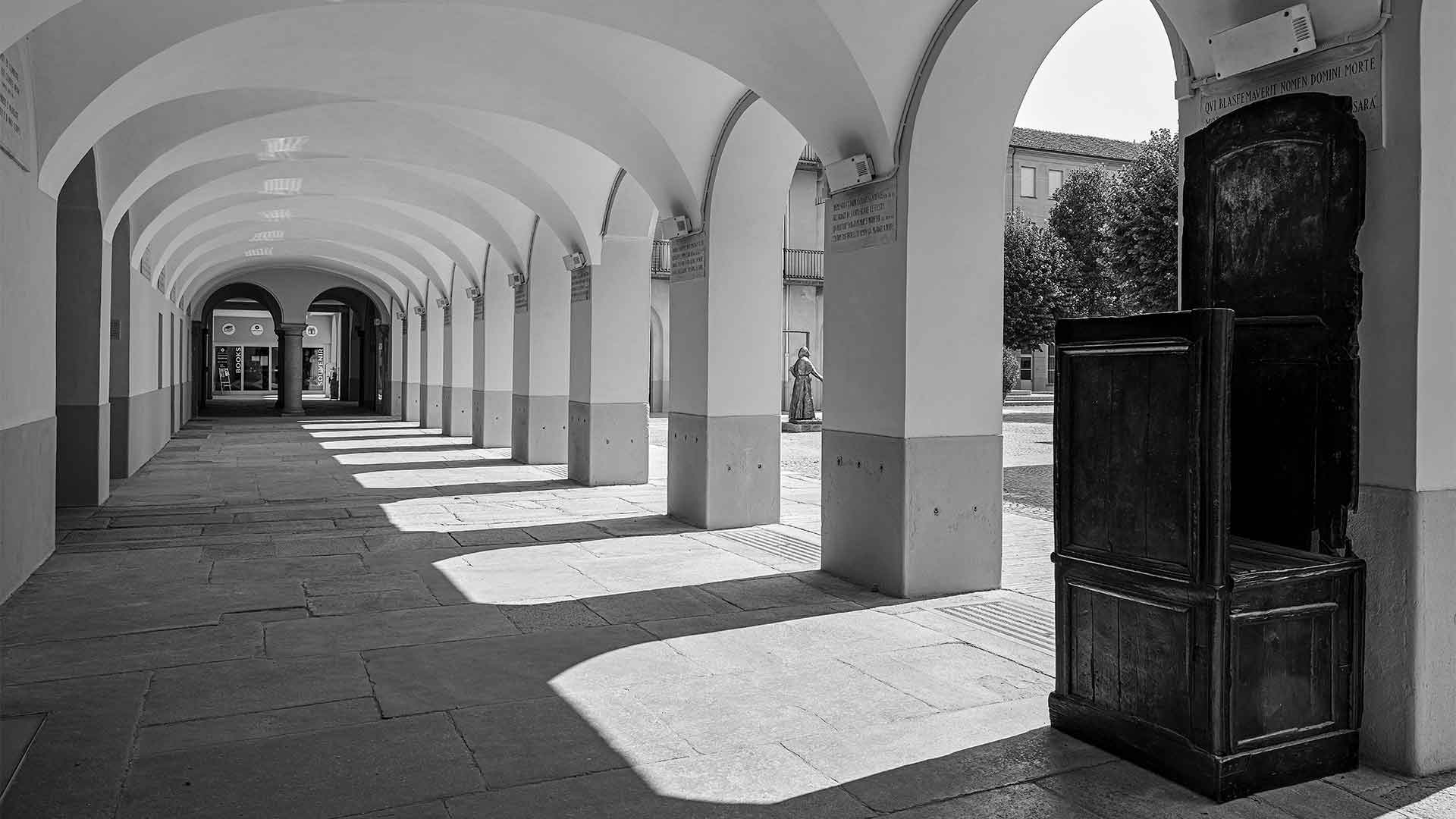
The Salesians of Don Bosco.
The Salesians of Don Bosco, officially called the Society of St. Francis de Sales, are a religious congregation of brothers and priests founded by St. John Bosco in Valdocco, in 1859. We cherish the birthplace of our congregation and invite you to explore the origins and development of Don Bosco’s mission with and for the young at Casa Don Bosco Museum.
THE SETTING.
The rooms where Don Bosco lived, the courtyard where the children played and the worship spaces where they prayed all carry a precious legacy. They testify to the humble roots of an inspired dream which matured into a vibrant educational adventure. What began in Valdocco now thrives in 133 countries, in diverse linguistic, cultural and religious contexts. Yesterday and today, Don Bosco’s mission seeks the advancement of the most underserved young people by living Gospel values in solidarity with them.
Amidst the turbulence of mid-19th century Turin, where the Industrial Revolution was restructuring an ancient social order and seismic political upheaval was forging a unified Italy, Don Bosco emerged as Italy’s saintly educator. Arriving in Turin from rural Castelnuovo d’Asti, he studied under St. Joseph Cafasso and devoted himself completely to his unique mission to young people and the tremendous challenges facing them in Piedmont’s capital city: youth migration, workplace exploitation, overcrowded juvenile prisons, the need for labour contracts, greater access to education and faith formation.
VALDOCCO.
Although Valdocco in the mid 1800s was blessed with the innovative pastoral ministry of St. Joseph Benedict Cottolengo and the Marchioness Julia di Barolo, Don Bosco discovered a neighbourhood that was desperate for his unique gifts and prophetic vision. He channelled his creativity, educational insights, spiritual promptings and organizational genius into a daring educational project in favour of the young, especially those who were orphans or homeless.
And so the foundations of what would become the Salesian citadel were laid. The Salesian Motherhouse preserves the very first rooms where daily life at the Oratory was lived: the kitchen, two dining halls, a wine cellar and Don Bosco’s personal quarters. The jewel in the crown is the Basilica of Mary Help of Christians, the spiritual centre and pulsing heart of the world wide Salesian family and mission.
The first Missionaries.
The first Salesian missionary expedition left Valdocco in 1875, destined for Argentina and Patagonia. Within 40 years, the drive to proclaim the Gospel according to the salesian style of reason, religion and kindness gained constant momentum and carried Don Bosco’s mission to every continent.
Preserving the rich history and spirituality of our salesian patrimony is a heart-felt responsibility for today and for tomorrow. Without memory, we risk losing that original intuition which transformed Don Bosco into the “Father and Teacher of Youth”, a man whose abiding faith in Jesus Christ and trust in Mary opened his heart and mind to the young and inspired concrete expressions of charity for their advantage.
This is why Casa Don Bosco Museum was born.
This is why Casa Don Bosco Museum was born.
Holiness.
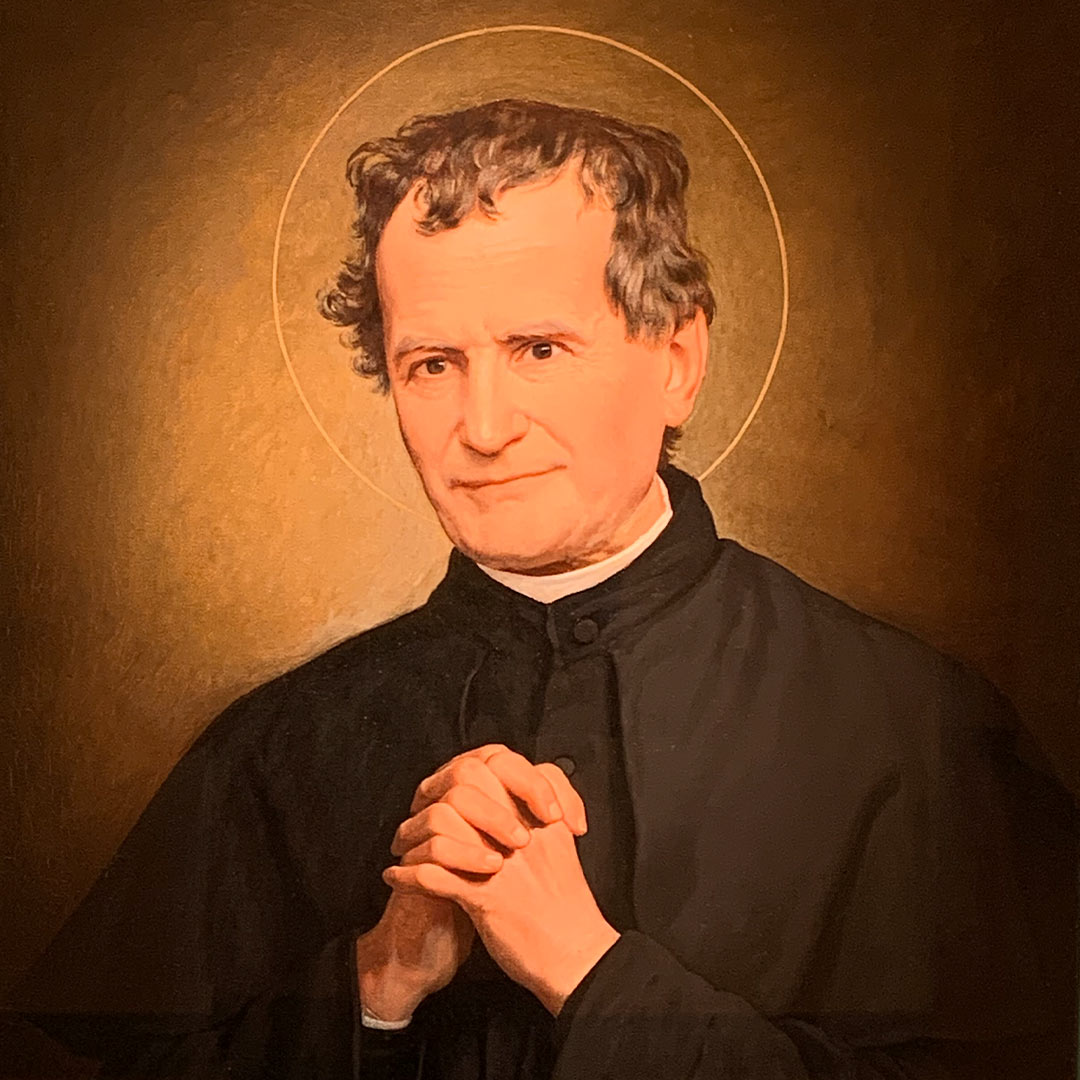
To visit Casa Don Bosco is to explore a man’s holiness, his humanity, his message and his method of realizing his dreams.

Priorities.
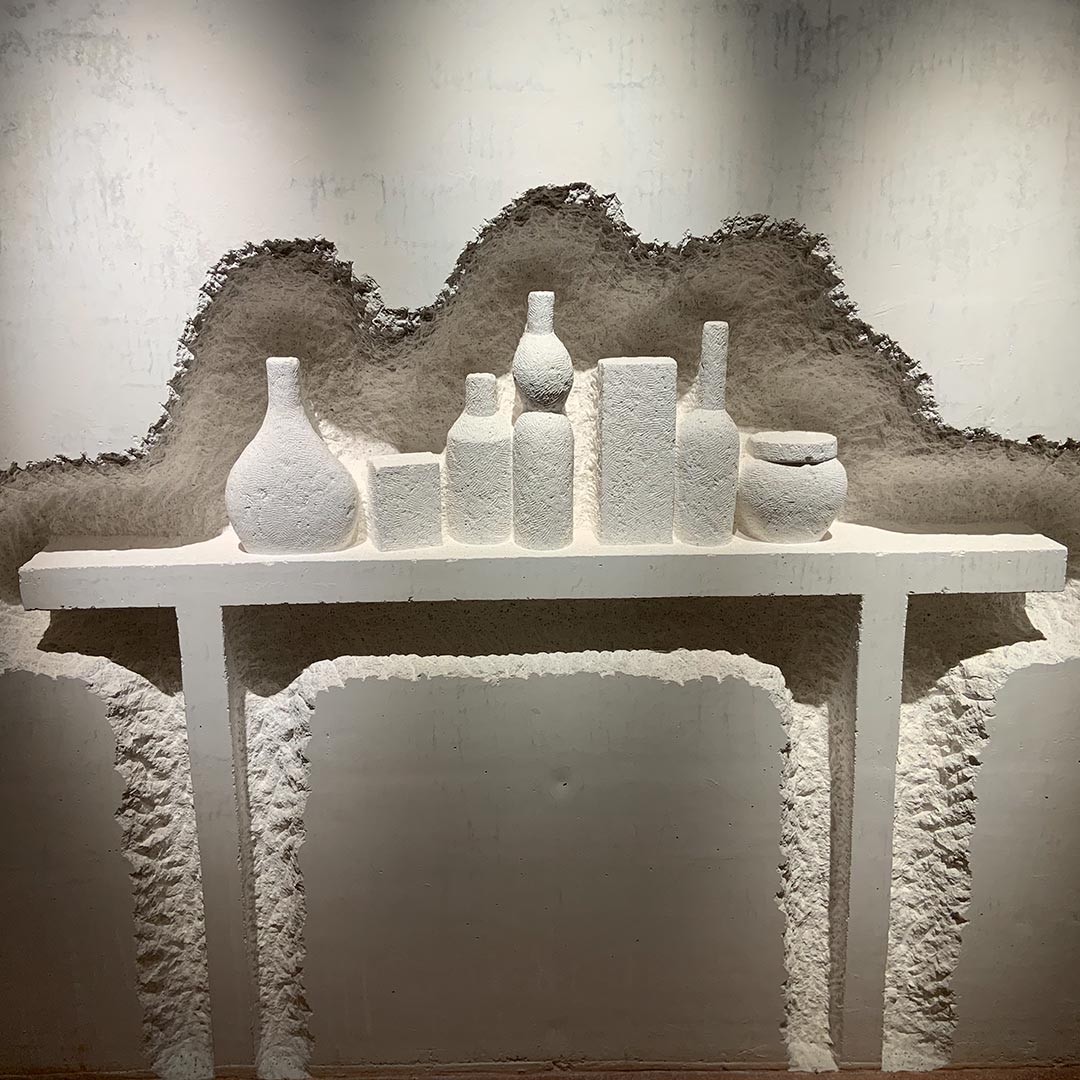
To visit Casa Don Bosco is to experience first-hand the religious and educational sensitivities that shaped the Salesian Family and flow from it.

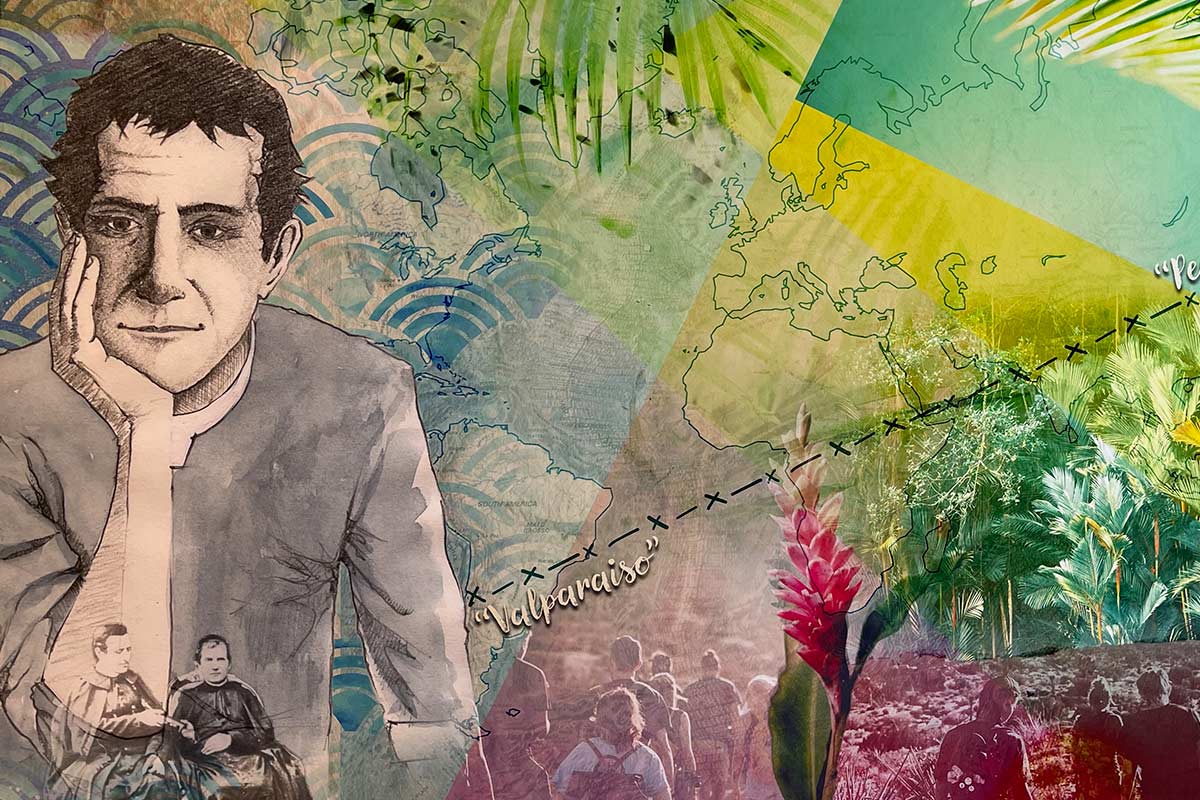
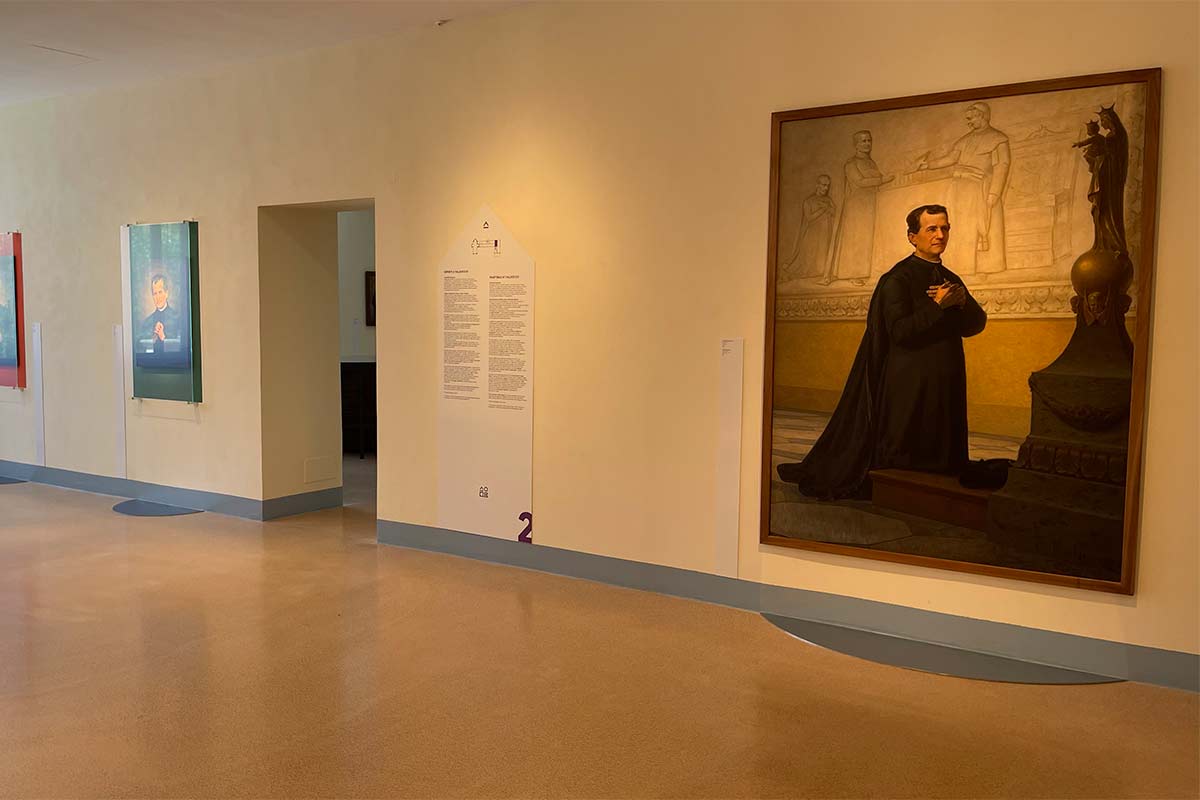
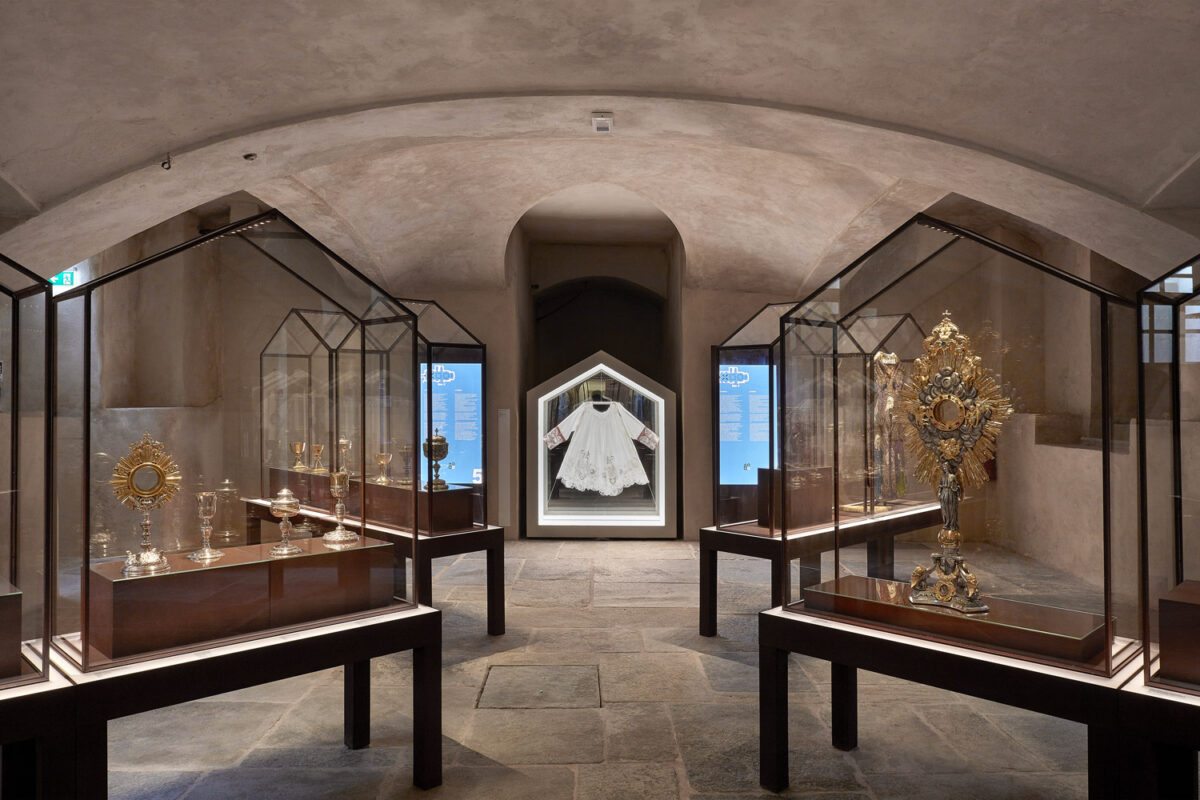
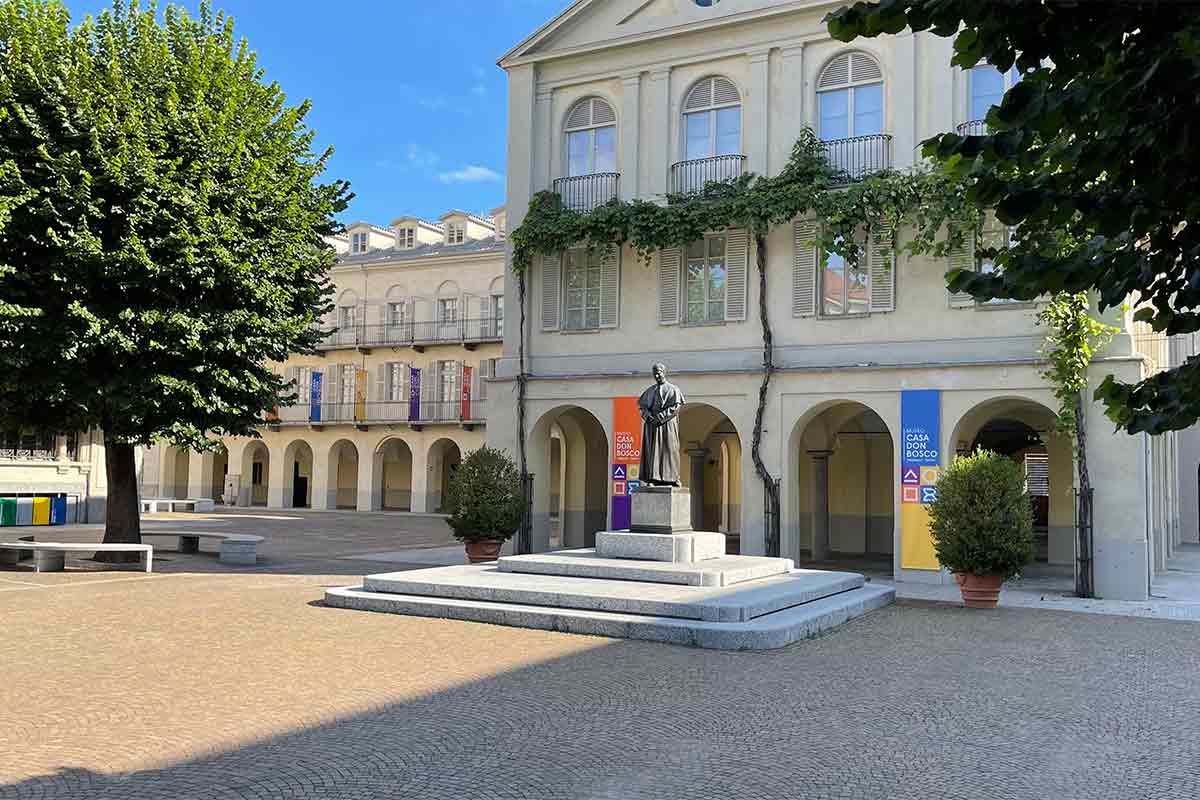
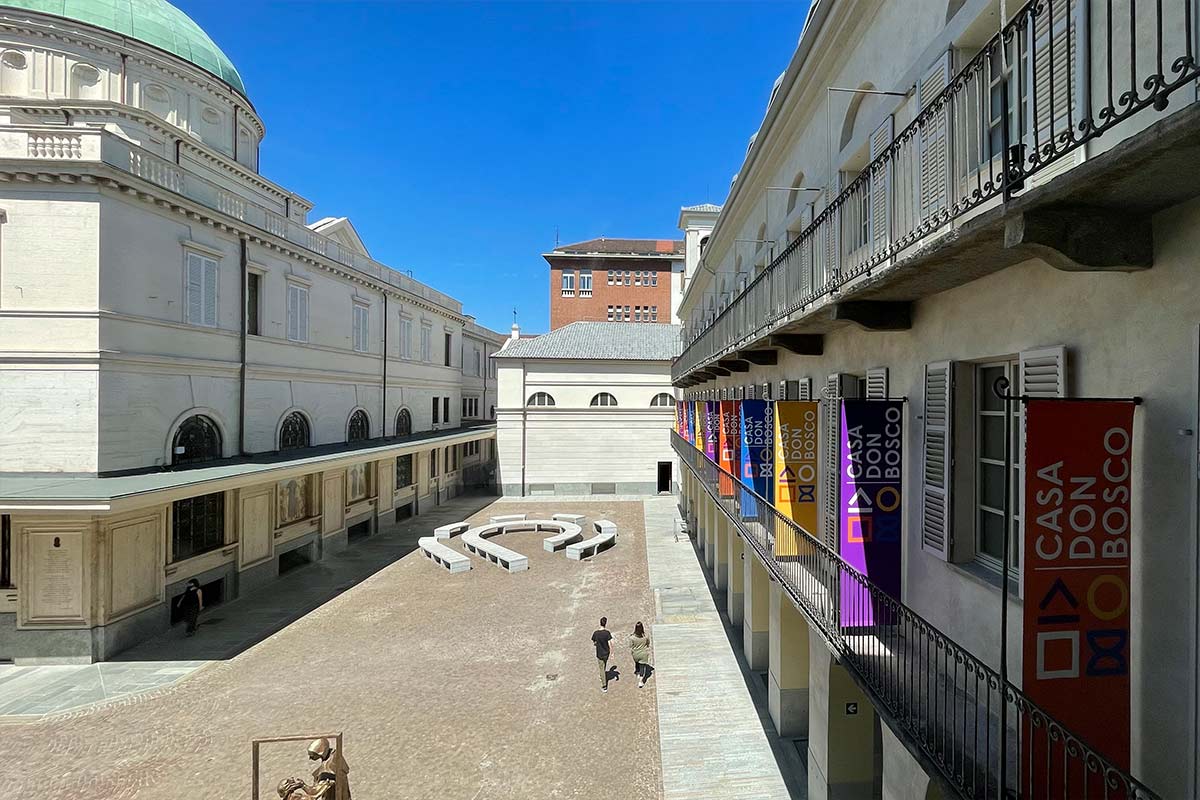
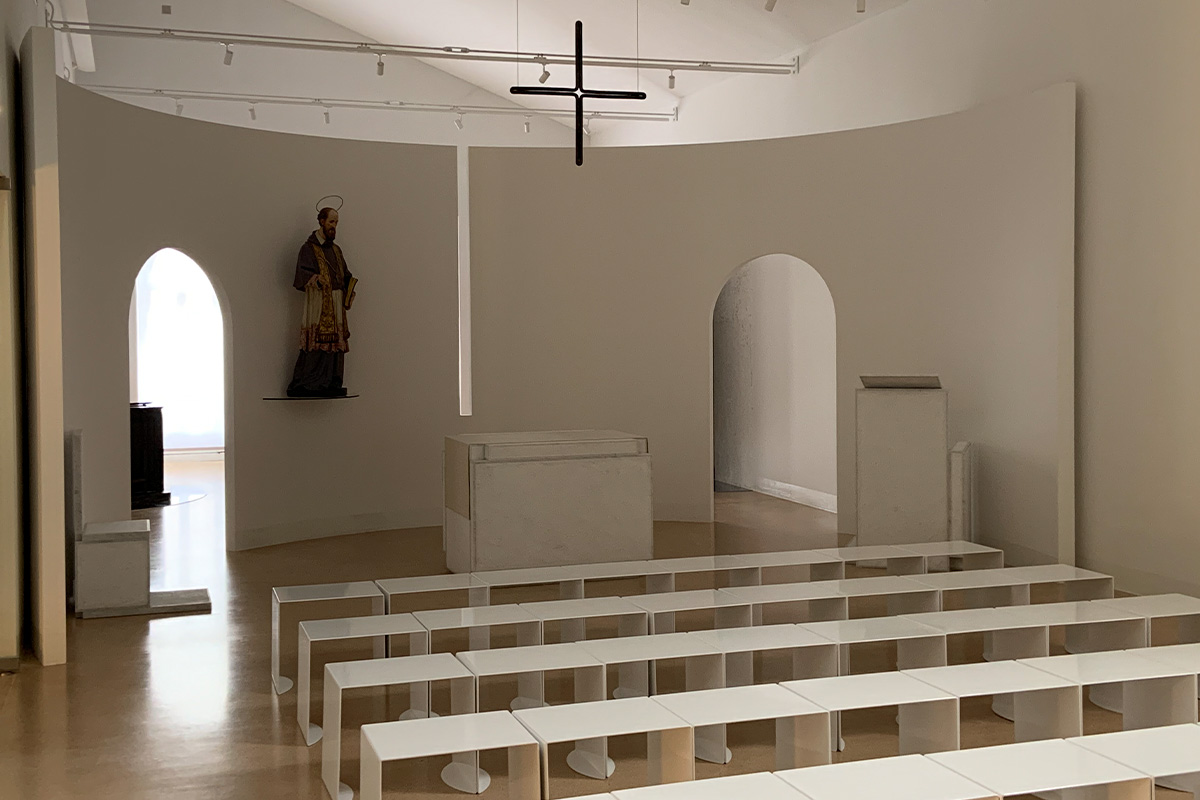

FOLLOW US.
Facebook
Instagram
Youtube
Vimeo
Linkedin
Pinterest
Subscribe to our newsletter.
Receive updates on new exhibits, conferences and events at Casa Don Bosco Museum.